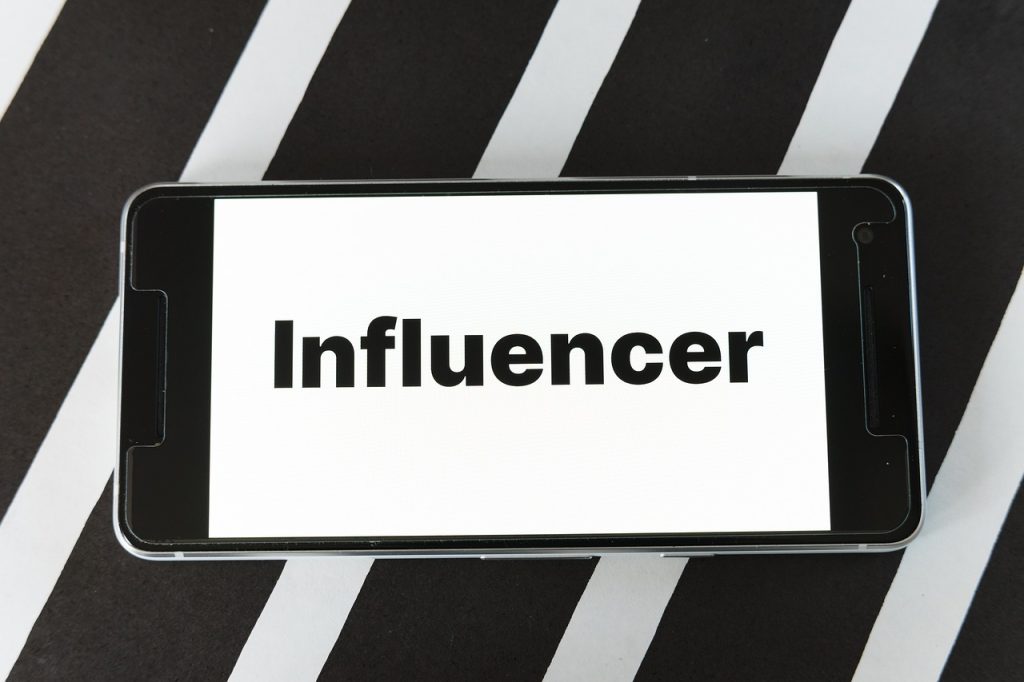In today’s digital age, influencer marketing has become a powerful strategy for businesses to connect with audiences. However, the success of a campaign depends largely on choosing the right influencer. Picking someone who aligns with your brand values and reaches your target audience can drive meaningful engagement and conversions. Here’s a step-by-step guide to help you choose wisely.
1. Define Your Marketing Goals
- Before approaching influencers, be clear about how to choose the right influencer for your brand, what you want to achieve
- Are you aiming for brand awareness, lead generation, or sales conversions?
- For example, if your goal is brand visibility, you might collaborate with a macro-influencer with a huge following. But if you want niche engagement, a micro-influencer may be more effective.
2. Understand Your Target Audience
- Your influencer should appeal to the same audience your brand is targeting.
- Look at demographics such as age, location, interests, and purchasing behavior.
- Example: A fitness brand should partner with health and wellness influencers who already engage with people interested in workouts, diet, and lifestyle improvement.
3. Check Influencer Authenticity and Credibility
- Don’t just look at follower counts—examine engagement rates, comments, and content quality.
- Authentic influencers have genuine interactions with their audience rather than fake likes or followers.
- Tools like HypeAuditor or Upfluence can help analyze credibility.
- This validates the question of this title “how to choose right influencer for your brand”.
4. Evaluate Content Style and Brand Alignment
- Every influencer has a unique tone and style.
- Ensure their content matches your brand’s personality—whether professional, casual, humorous, or inspirational.
- For instance, a luxury fashion brand would not fit well with an influencer known for casual streetwear.
5. Focus on Engagement, Not Just Reach
- A smaller influencer with high engagement can often deliver better results than one with millions of followers but low interaction.
- Look for consistent likes, shares, and meaningful comments on posts.
- Example: Micro-influencers (10K–50K followers) often have closer relationships with their community, making their recommendations more trusted.
6. Analyze Past Collaborations
- Review their previous brand partnerships.
- Were those collaborations professional and successful? Did they deliver value to brands similar to yours?
- If they promote too many brands without selectivity, their influence may appear less authentic.
7. Consider Platform Relevance
- Different influencers thrive on different platforms.
- Instagram is popular for fashion, beauty, and lifestyle; YouTube for tutorials and reviews; TikTok for short, viral content; LinkedIn for B2B marketing.
- Match your campaign to the platform where your target audience spends the most time.
8. Discuss Expectations and Metrics
- Once shortlisted, clearly define deliverables, timelines, and KPIs.
- Metrics such as impressions, click-through rates, conversions, and ROI must be tracked to measure success.
- A professional influencer will also be transparent about their analytics and past performance.
Final Thoughts
Choosing the right influencer is not about finding the most popular one—it’s about finding the most relevant, authentic, and engaging voice for your brand. By aligning goals, audience, and content style, you can build partnerships that not only promote your products but also strengthen your brand identity.

